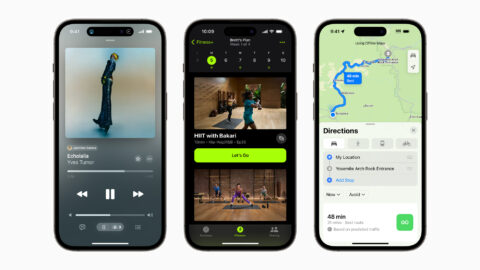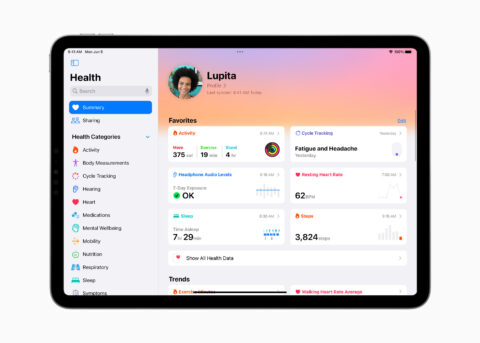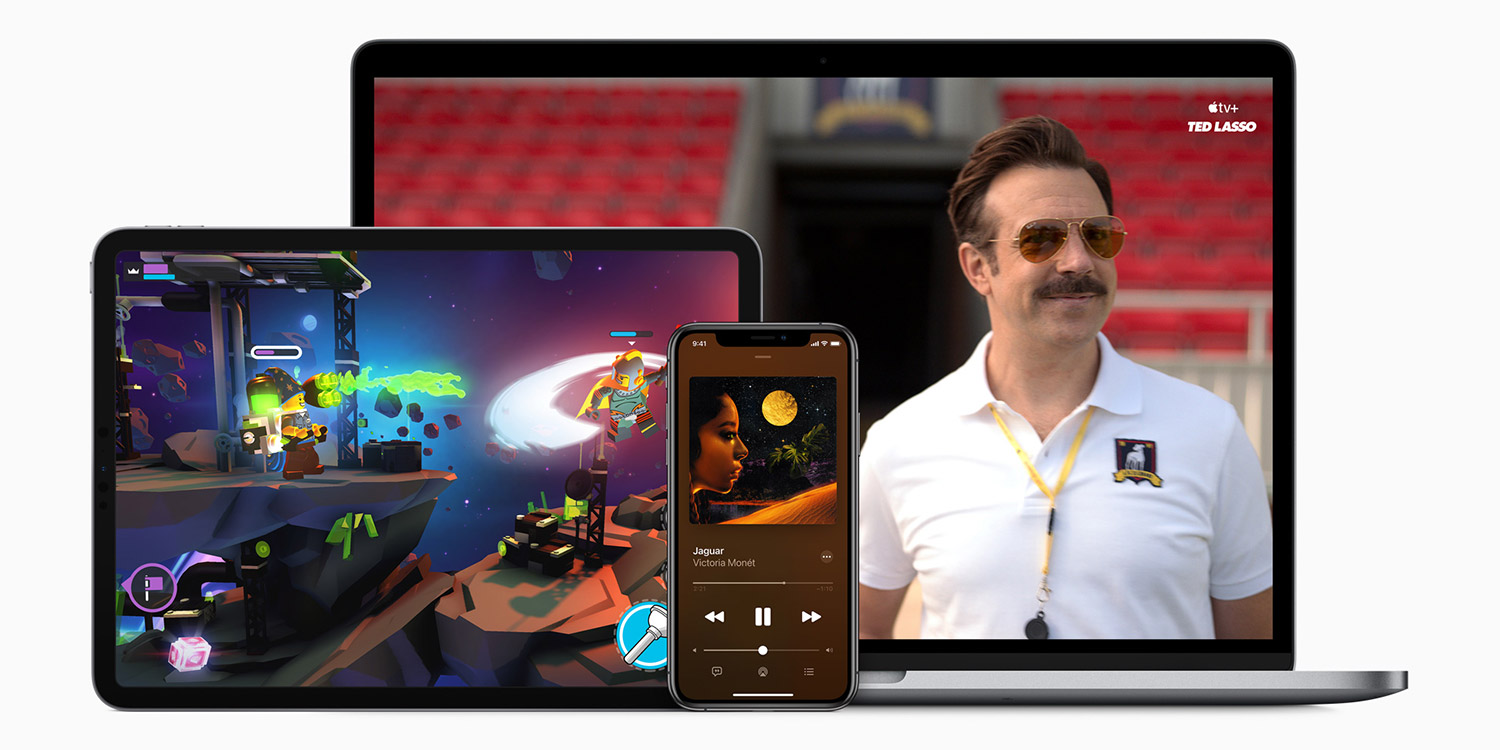New and useful features should be everywhere, not exclusive to one device

Not all new features reach all your Apple devices.
Another season of updates to iPhone, iPad and Mac is here. Beta versions of iOS 17, iPadOS 17 and macOS Sonoma are available. Soon, all compatible devices will be able to do new things – but not necessarily the same things. And that can be a problem. As our lives become more reliant on devices, and as devices become more integrated, they would ideally provide access to a common set of features and apps.
On the surface, this year provides cheer in a range of features arriving across the big three Apple operating systems. AirTag sharing, inline predictions and improved autocorrect, connected notes, passcode and password sharing, interactive widgets, and more, will come to all of your main Apple kit. And if you ignore the Mac, and look to mobile devices alone, further areas find parity as the default: mental and visual health care, downloadable maps, and key improvements to Spotlight.
The problem is everything else.
Playing catch-up

Standby for iPhone: great. But where’s the iPad version?
Key flagship features on the iPad this year arrived on iPhone last year. In iPadOS 17, you can personalize your Lock Screen with widgets, and have Live Activities help you track timers, weather and flights. And then there’s the Health app, providing a grand overview of your personal stats, in a manner that elevates the app beyond its far older iPhone incarnation. Much like Weather did last year, having been bafflingly absent from Apple’s tablet for over a decade.
Arguably, Health is a more important app to have everywhere, though. If you care about your personal wellbeing, vital stats should not be isolated to a single device. This year, they’re heading to Apple’s tablet – which is good. But there’s still no Health app for Mac – which is not. Similarly, it feels odd that Standby mode is for iPhone alone, when a similar set-up for docked larger-screen devices would be useful to a great many users. (Expect it to be a big ‘new’ feature of iPadOS 18 next year…)
No to homogenization

Health on iPad: great. But where’s the Mac app?
None of this is to say every Apple device should be identical. That makes no logical sense when you compare how you interact with distinct hardware. In much the same way as you’re not going to play a AAA console-style game on an Apple Watch, you’ll not lug an iMac about town, pretending it’s a portable.
Larger screens also provide scope for workflows that wouldn’t work on smaller devices. Although split-screen would be a net positive for iPhone, complex windowing would not – don’t ever expect to see Stage Manager on Apple’s smartphone, unless it gets external display support to counter DeX and similar Android systems.
More broadly, Apple would no doubt argue it must prioritize limited resources, landing features where they most matter, only later expanding them when relevant. But an ecosystem with inconsistencies and gaps is something that needs to be addressed. Can you live without a Health app for Mac? Sure. Should you have to? Probably not.

